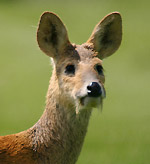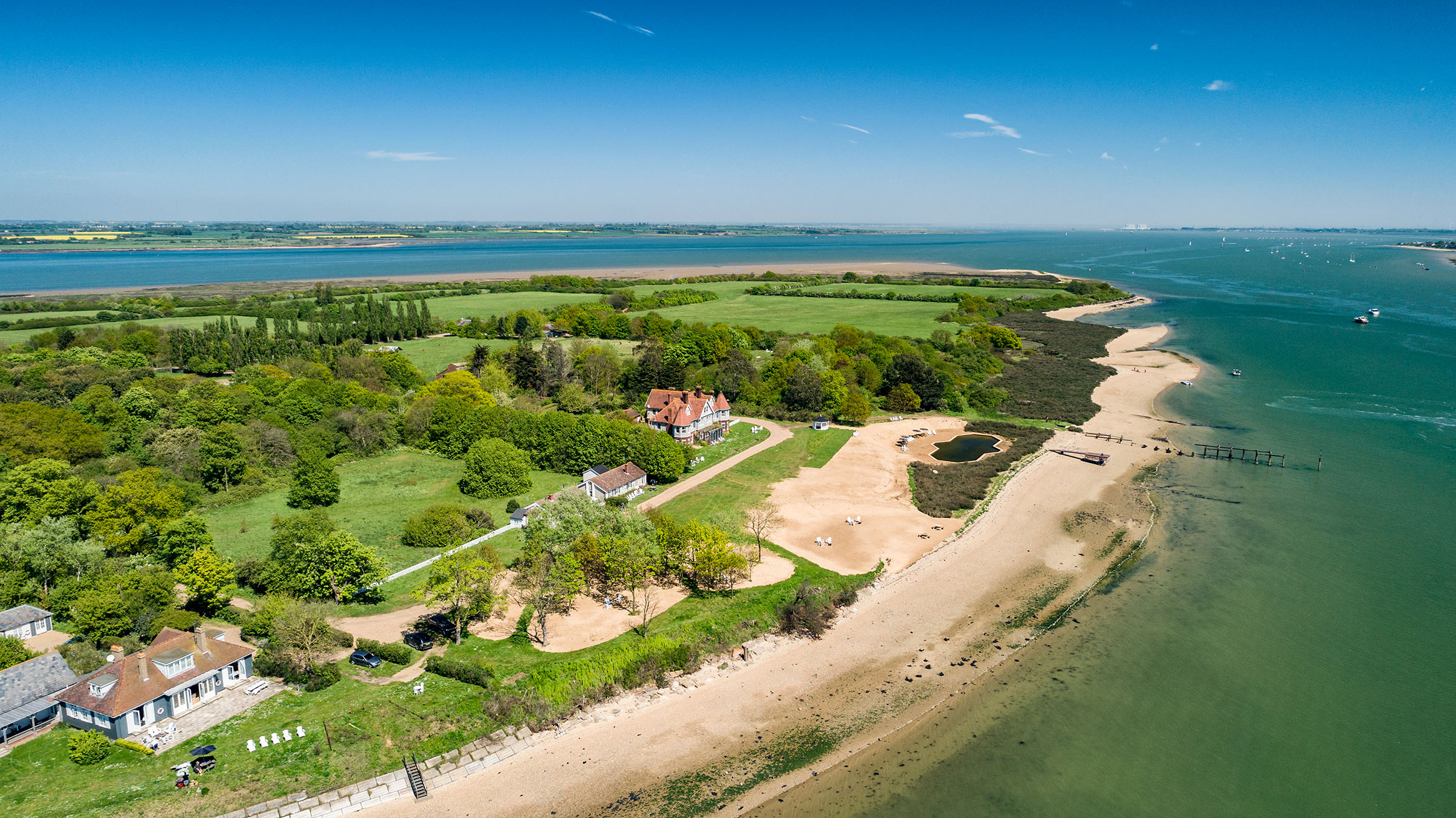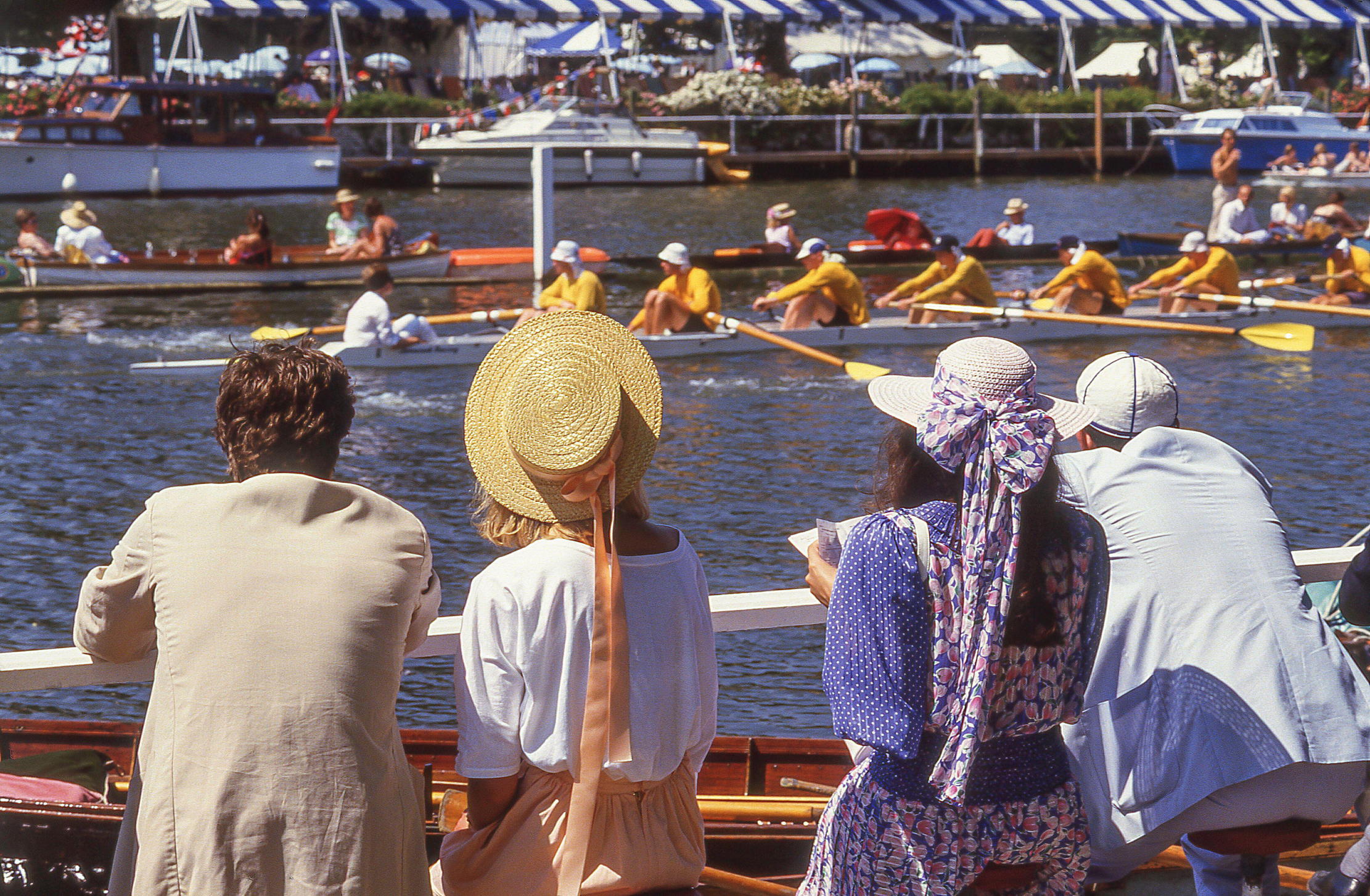Deer and where to see parkland deer
Country Life's Deer Report continues with a guide to the different species and advice on where to see parkland deer


Roe deer (Capreolus capreolus) Native roe were widespread in the Middle Ages, but later disappeared, and were reintroduced to parts of England about 100 years ago. They are shy, and are most active at dawn and dusk. Their foxy-red summer coat darkens to grey-brown in autumn, but the white patch on the rump remains visible.
Fallow deer (Dama dama) Beloved of royalty, these most elegant deer are believed to have been introduced by the Normans, but were actually brought by the Romans. The buck’s antlers are covered as they grow with a hairy skin called velvet. Fallow are the only British deer with palmate antlers.
Red deer (Cervus elaphus) The largest native land mammal in Britain, red deer can live for 25 years. Standing nearly 5ft at the shoulder, their main stronghold is in the Scottish highlands, but they are present across England, especially in the West Country. Stags live separately from the hinds, except during the rutting season.
Sika deer (Cervus nippon) Native to east Asia, from where they were introduced in the 19th century, all wild sika in Britain are descended from animals that escaped from deer parks. Smaller than the red deer, to which it is closely related, the sika’s chestnut-brown coat is faintly spotted with white in summer, turning greyish-brown in winter.
Chinese water deer (pictured) (Hydropotes inermis) Threatened in its native China, the British population is thought to account for 10% of the world’s total. The male has no antlers. Instead, adults have tusk-like teeth in their upper jaw that protrude about 2¾in below the upper lip. Their sleek red-brown summer coat turns pale grey-brown in winter.
Muntjac (Muntiacus reevesi) First introduced from China to the Duke of Bedford’s Woburn estate in 1900, the descendants of escaped animals quickly became established. Well camouflaged by its preferred habitat of dense woodland, the secretive muntjac’s haunches are higher than its withers, giving it a distinctive humpback shape. Muntjac have no fixed breeding season and may give birth every seven months.
Where to see parkland deer
Sign up for the Country Life Newsletter
Exquisite houses, the beauty of Nature, and how to get the most from your life, straight to your inbox.
* Woburn Abbey, Bedfordshire (red deer, Rusa, Père David’s, Axis or Chital,
* Barasingha, Chinese water deer, fallow, Manchurian sika and muntjac)
* Holkham Hall, Norfolk (fallow and red)
* Chatsworth, Derbyshire (fallow and red)
* Houghton Hall, Norfolk (famous for its white fallow, also Barasingha, Sambar, Chital and Père David’s)
* Tatton Park, Cheshire (fallow and red)
* Powderham Castle, Devon (fallow)
* Petworth Park, Sussex (fallow)
* Richmond Park, London (fallow and red)
Country Life is unlike any other magazine: the only glossy weekly on the newsstand and the only magazine that has been guest-edited by HRH The King not once, but twice. It is a celebration of modern rural life and all its diverse joys and pleasures — that was first published in Queen Victoria's Diamond Jubilee year. Our eclectic mixture of witty and informative content — from the most up-to-date property news and commentary and a coveted glimpse inside some of the UK's best houses and gardens, to gardening, the arts and interior design, written by experts in their field — still cannot be found in print or online, anywhere else.
-
 380 acres and 90 bedrooms on the £25m private island being sold by one of Britain's top music producers
380 acres and 90 bedrooms on the £25m private island being sold by one of Britain's top music producersStormzy, Rihanna and the Rolling Stones are just a part of the story at Osea Island, a dot on the map in the seas off Essex.
By Lotte Brundle
-
 'A delicious chance to step back in time and bask in the best of Britain': An insider's guide to The Season
'A delicious chance to step back in time and bask in the best of Britain': An insider's guide to The SeasonHere's how to navigate this summer's top events in style, from those who know best.
By Madeleine Silver